Timișoara is one of the three European Capitals of Culture for 2023. This brought a lot of attention to this 250.000 inhabitants Western Romania main economic, social and cultural center. This page is meant to reveal what makes this large, but at the same time laid-back city, so welcoming for the tourists and so loved by the locals.
Let’s start with some key points in the history of Timișoara, that you should consider before visiting. All the buildings and squares, all your future strolls in the city will make more sense once you have the background.
Enjoy!
For an improved reading experience on mobile, turn your screen in landscape mode.
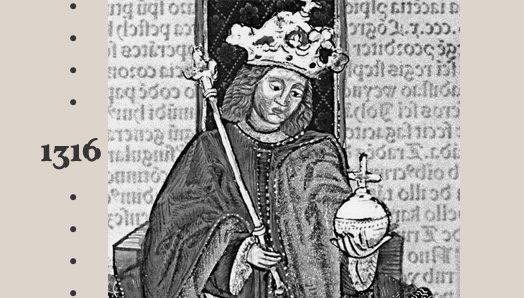
Timişoara becomes, for eight years, the Capital of the Hungarian Empire ruled by Charles I. The today Huniade Castle was initially erected by John Hunyadi over the old 14th century royal castle and it was rebuilt in 1850.
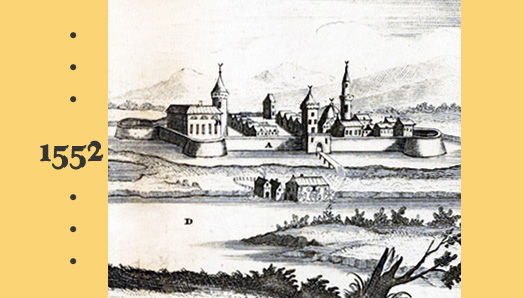
Timişoara is conquered by the ottomans and declared vilayet, same as Buda or Belgrade. The citadel is surrounded by wooden and stone walls. Approximately 1,200 houses, schools, hotels, and public baths were to be found inside the walls.
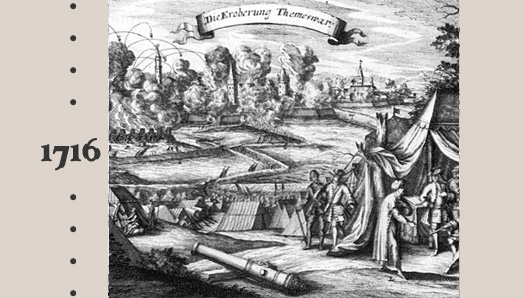
The Ottomans surrender the city to the Habsburg Imperial armies led by Prince Eugene of Savoy. Claudius Florimund Mercy becomes governor of the Banat Province. The fortress is rebuilt and settlers are brought from all over the empire.
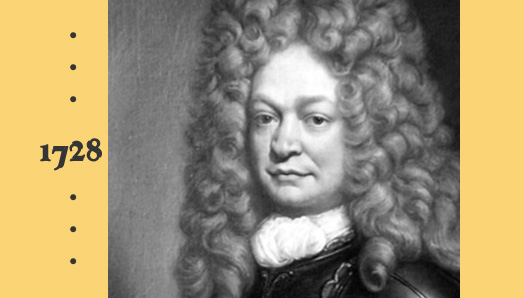
Under Count Florimund Mercy’s leadership, Bega is transformed into a navigable canal, connecting the region of Banat with Tisa and the Danube, an exceptional opportunity for the local industry in Timişoara.
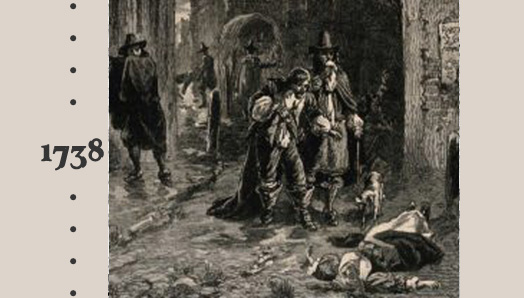
Plague hits the citadel of Timişoara and kills 1000 out of the 6000 inhabitants. Same year brings another calamity. The greatest fire in the city history destroys almost completely the largest neighborhood outside of the fort.
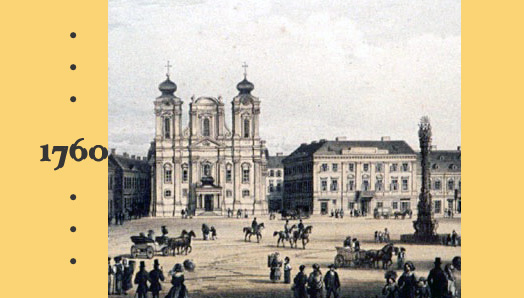
Timișoara becomes the first town in the Habsburg Empire where the public lighting using suet candles and lamps with oil and grease is introduced.
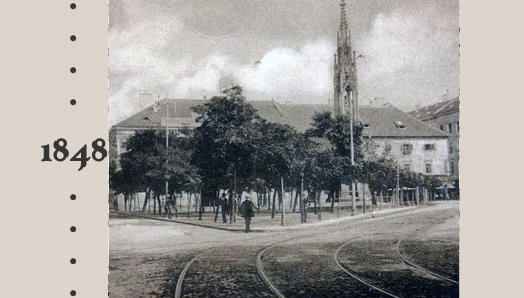
Besieged by the Hungarian revolutionary forces, the citadel ruled by the Austrian officials does not surrender and it is saved by the intervention of the Imperial Army. Timişoara becomes Capital of the Serbian Vojvodina and the Timiş Banat, under direct rule of Austria.
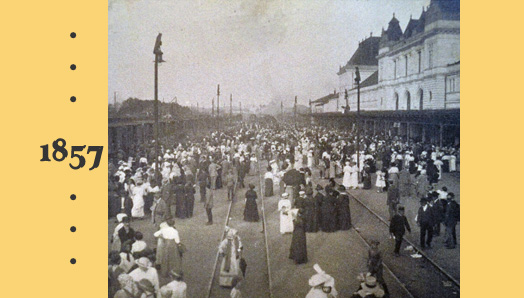
The first train arrives in Timişoara and the event is witnessed in amazement by the locals. The first line linked Timişoara with Szeged.
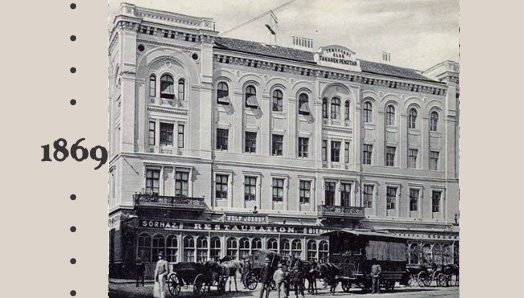
The first horse trams in Timişoara, and nowadays Romanian territories, run daily. The 6 kilometres long line links the industrial neighborhood known as Fabric with the Citadel and the neighborhood that flourished near the train station, Iosefin.
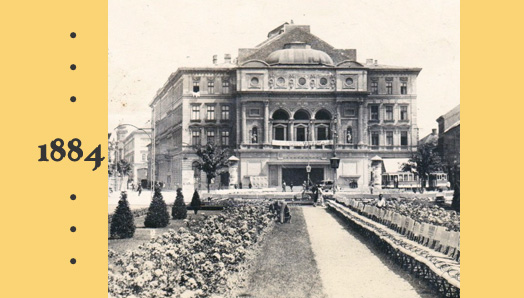
Timişoara, then part of the Hungarian Empire, becomes the first European city on the continent to have electric street lights. The network covers 59 kilometres with 731 incandescent lamps.
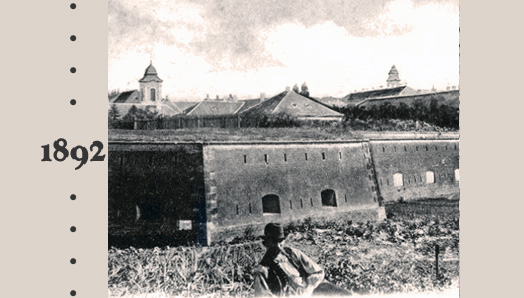
The modern city emerges once the defensive walls of the citadel start to fall. The decades-long project implies demolishing the fortress, plugging the ditches and cleaning the surfaces left. Large boulevards and palaces replace the walls.
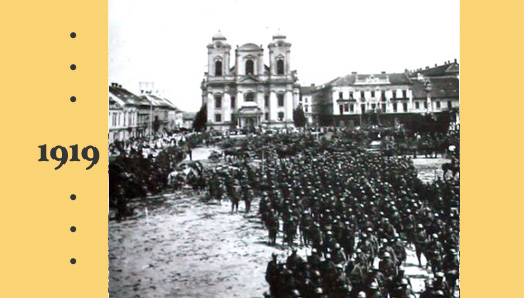
After World War I, Timișoara is incorporated into the Kingdom of Romania together with most of the Banat region. The today Union Square was the place where an assembly of over 40.000 people voted in favor of the union.
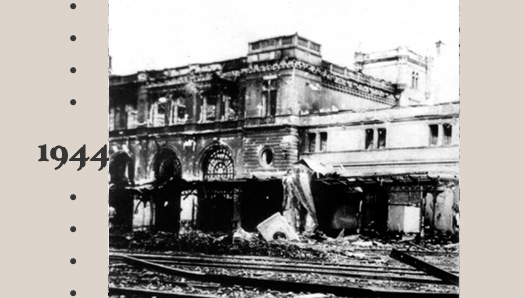
On the 16th of June, Timişoara is bombed for the first time by Britain’s RAF. Another attack follows in July, from the United States Air Force. The German raids in October are the most powerful, destroying 188 buildings and killing 10 people.

I have been born, raised and lived almost my entire life in Timişoara. Every new trip outside my country makes me realize how special my home town is. Its sights and stories are food for the souls of locals and tourists alike.
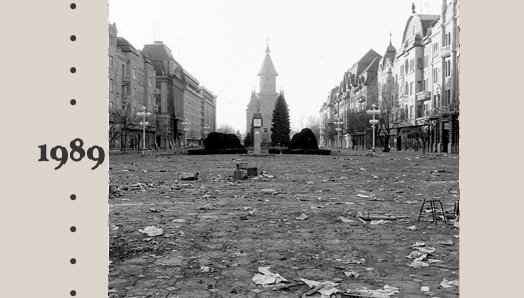
Timişoara is the first city in Romania to gain freedom from communism in 1989. Many of the streets were later named after the people who lost their lives during the 1989 Revolution.